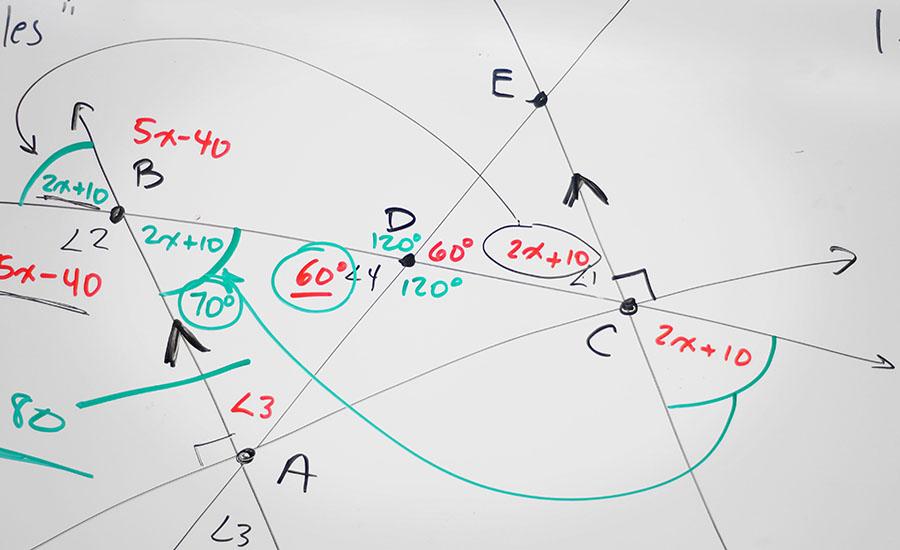This is session 1 of a 4 session unit on innovative thinking, agricultural engineering, and farm model making. The first session introduces students to Dr. Temple Grandin, a creative thinker who has
Students who have been studying logarithms can apply them using a chemistry lab to discover the pH of acetic acid (white vinegar) and even compare this to other acids.
The students will be working and pretending that they work for an engineering company that is designing a bridge. The Department of Transportation wants to see a model of the bridge, so they will be
Students are put into groups of 3 or 4. As a group they create an animal cell model and then create a slide show naming and describing the organelles of an animal cell.
This lesson takes place in a classroom over two weeks. Students may work in small groups of 2-3. Prior to the robotics challenge, teachers should facilitate student discussion through guided lessons
How can you get objects from one location to a specific dropping point using a cable? Students utilize the Engineering Design Process and their learning of Newton's Laws of Motion, slope, mass and
In this lesson, students will create their own golden record that may travel throughout our solar system and beyond. The Golden Record acts as a time capsule and students collaborate which popular
Plants are the basis for nearly all agricultural production. Agricultural plant crops produce food, fiber, fuel, and aesthetically pleasing plants. Plants utilize energy from the Sun to convert water
Featured Lesson Plans
Check out these notable lesson plans.

Students use Google Earth Timelapse to observe changes to glaciers over time before completing an investigation on the effects of melting sea ice and land ice on global sea level rise. This

This is the second lesson plan that goes with the series of four lesson plans for the book Song for a Whale by Lynne Kelly. This lesson focuses on vibrations, sounds, and music. The final project is

SNOW
This lesson includes literacy, math, and art about snowflakes. Within math, students will dive into an analysis of angles within a common snowflake. Students will listen to an informational text about


